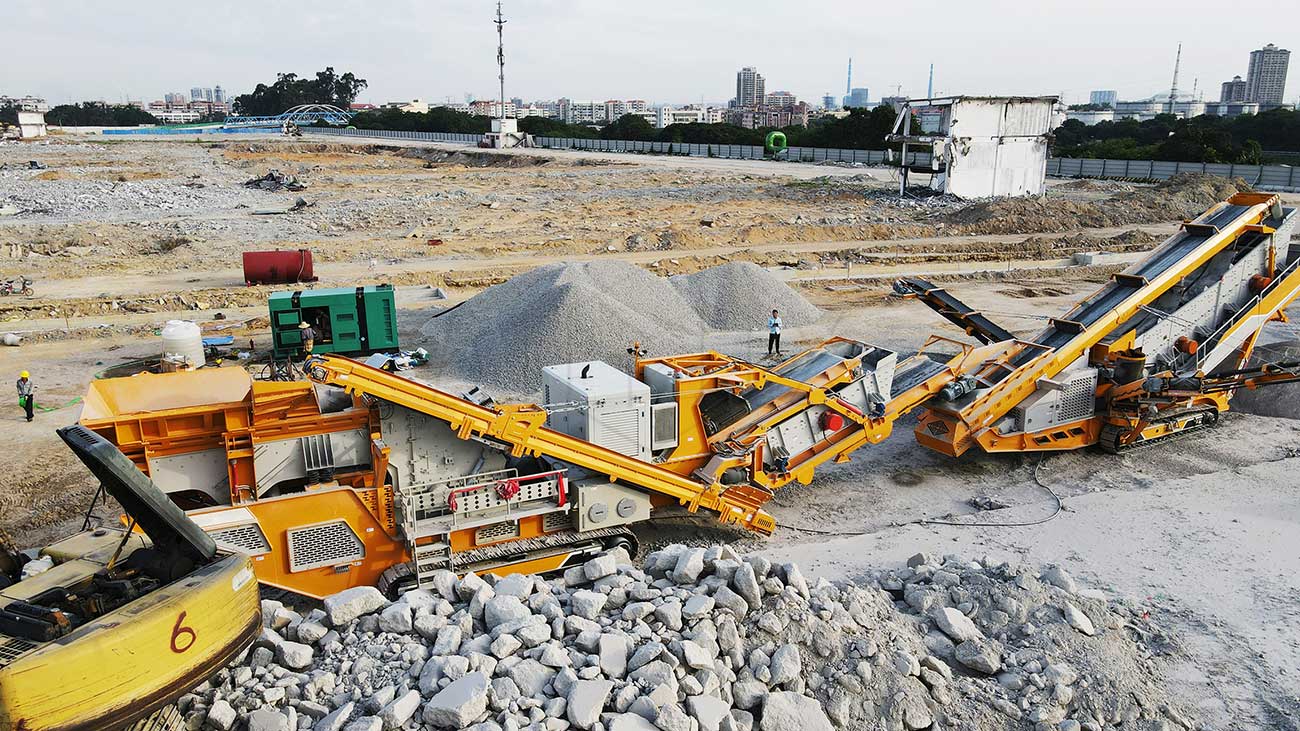Peru's diverse geology presents both opportunities and challenges for the aggregates and mining industries. From river terraces to Andean outcrops, contractors must select crushing solutions that match local rock types, production targets, and logistical constraints. A properly chosen stone crusher plant ensures material quality, lowers operating costs, and extends equipment life — all critical factors for projects across Peru.
The Role Of Crushing Plants In Peru
Crushing plants are the backbone of aggregate production for infrastructure, construction, and mining projects. In Peru(chancadora de piedra Perú), they support road building, dam construction, rail projects, and the expanding needs of the mining sector. Whether a project requires a fixed station or a mobile unit, understanding the rock’s physical properties — hardness, abrasiveness, and moisture content — is essential to choose the correct configuration and maintenance plan.
Why Rock Type Matters
Different rocks respond to crushing in varied ways. Hard, abrasive rocks lead to faster wear on liners and blow bars, while softer rocks may produce higher fines or require different crusher types to reach the desired gradation. The choice between jaw, cone, impact, or hammer crushers depends largely on the rock’s compressive strength and abrasion index. Matching the machine to the material reduces downtime and overall lifecycle costs.
Common Rock Types Found In Peru And Recommended Plant Types
River Stone And Gravel
River stone and gravel are common in alluvial plains and riverbeds. These materials are typically well-rounded and can be tough on screening equipment due to their shape. For river stone, a combination of primary jaw crushing followed by secondary cone or impact crushing often yields the best particle shape for concrete and asphalt. Mobile crushing plants are advantageous when working in remote river terraces where moving equipment between sites saves time and transport costs.
Limestone And Dolomite
Limestone and dolomite are widely used in construction and cement production. These carbonate rocks are generally softer than igneous types, making them well suited to impact or horizontal shaft impact (HSI) crushers. A stone crusher plant(planta chancadora de piedra) optimized for limestone will typically prioritize throughput and low wear rates. Because limestone tends to produce more cubical particles with impact crushers, plants designed for cement or aggregate supply in Peru often favor this configuration.
Granite, Basalt And Other Hard Igneous Rocks
Areas with granite and basalt require robust crushing solutions. These rocks have high compressive strength and are abrasive, demanding heavy-duty jaw and cone crushers with wear-resistant liners. For high-capacity projects, stationary plants with multi-stage crushing circuits are common. Mobile plants can still be used but must be specified with reinforced components and efficient dust suppression systems to handle harsh operating conditions.
Quartzite, Andesite And Metamorphic Rocks
Metamorphic and volcanic rocks such as quartzite and andesite are often very hard and abrasive. Plants processing these materials should incorporate high-performance cone crushers and careful screening systems to reduce recirculating load. Regular monitoring of liner wear and crusher settings is necessary to maintain product quality and to avoid unexpected downtime in remote Peruvian sites.
Mobile Versus Stationary Plants In The Peruvian Context
Mobility, capacity, and installation time are primary considerations when deciding between mobile and stationary plants. Mobile units are ideal for short-term projects, phased construction, or sites with limited road access — common in many parts of Peru. Stationary plants, however, offer higher throughput and lower per-ton operating costs for long-term quarrying or large mining operations.
Siting And Logistics
Peru’s varied terrain affects transport and installation. Mountainous regions and limited infrastructure increase the appeal of mobile stone crusher plants that can be relocated. In coastal or flat regions where a long-term supply source is needed, a stationary stone crusher plant may be more economical. Proper site preparation, including foundation and dust management, remains critical regardless of plant type.
Regional Considerations And Cross-Border Insights
Peru shares geological similarities with neighboring Chile and Bolivia in many regions. Suppliers advertising a stone crusher plant for sale Chile(planta chancadora de aridos venta Chile) often provide designs that can be adapted for Peruvian conditions — particularly in the southern highlands and coastal zones. Buyers should evaluate vendor experience in similar geological settings and request references or case studies demonstrating successful installations.
Energy, Water, And Environmental Controls
Energy efficiency and environmental compliance are increasingly important. Plants with efficient drives, optimized crushing circuits, and closed-loop water systems minimize operating costs and environmental impact. Dust suppression and noise reduction are especially important near communities and infrastructure projects to meet local regulations and to maintain good stakeholder relations.
Conclusion
Selecting the right stone crushing plant in Peru starts with a careful assessment of local rock types, project duration, and logistical realities. From river stone and limestone to hard igneous and metamorphic rocks, each material demands specific crusher types and maintenance regimes. Whether evaluating a mobile solution or a stationary plant, prioritize equipment matched to the material’s hardness and abrasiveness, and consult vendors with proven experience in similar geologies — including options found when searching a stone crusher plant for sale Chile that can be adapted to Peruvian sites. With the right configuration, a stone crusher Peru installation will deliver reliable production, consistent aggregate quality, and lower lifecycle costs for your projects.


Comments
No comments yet. Be the first to react!